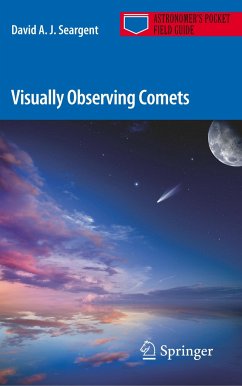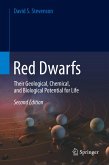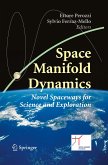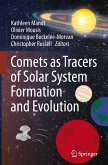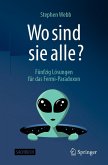In these days of computers and CCD cameras, visual comet observers can still contribute scientifically useful data with the help of this handy reference for use in the field. Comets are one of the principal areas for productive pro-amateur collaboration in astronomy, but finding comets requires a different approach than the observing of more predictable targets. Principally directed toward amateur astronomers who prefer visual observing or who are interested in discovering a new comet or visually monitoring the behavior of known comets, it includes all the advice needed to thrive as a comet observer.
After presenting a brief overview of the nature of comets and how we came to the modern understanding of comets, this book details the various types of observations that can usefully be carried out at the eyepiece of a telescope. Subjects range from how to search for new comets to visually estimating the brightness of comets and the length and orientation of tails, in addition to what to look for in comet heads and tails.
Details are also given of 20 periodic comets, predicted to return between the years 2017 and 2027, that are expected to become suitable targets for visual observing, in addition to information on a famous comet potentially visible each year and subject to great outbursts of brightness.
After presenting a brief overview of the nature of comets and how we came to the modern understanding of comets, this book details the various types of observations that can usefully be carried out at the eyepiece of a telescope. Subjects range from how to search for new comets to visually estimating the brightness of comets and the length and orientation of tails, in addition to what to look for in comet heads and tails.
Details are also given of 20 periodic comets, predicted to return between the years 2017 and 2027, that are expected to become suitable targets for visual observing, in addition to information on a famous comet potentially visible each year and subject to great outbursts of brightness.
"The book is full of very useful information for the dedicated comet hunter, not just for the comets that attain visual magnitudes, but for those that are no more than a smudge, barely visible through a small telescope against the stellar background. ... Any serious comet observer will want this book in their arsenal ... ." (Malcolm Gough, The Observatory, Vol. 138 (126), June, 2018)
"Seargent, a former part-time lecturer in philosophy at the University of Newcastle, Australia, makes the convincing case that any individual can make valuable observations with little more than a commitment to learning about comets and how to properly document what is observed. His book begins with a very readablehistory of comets, their anatomy, and their behavior. ... If one is interested in comets, get out there and take this book along! Summing Up: Recommended. All readers." (T. D. Oswalt, Choice, Vol. 55 (2), October, 2017)
"Seargent, a former part-time lecturer in philosophy at the University of Newcastle, Australia, makes the convincing case that any individual can make valuable observations with little more than a commitment to learning about comets and how to properly document what is observed. His book begins with a very readablehistory of comets, their anatomy, and their behavior. ... If one is interested in comets, get out there and take this book along! Summing Up: Recommended. All readers." (T. D. Oswalt, Choice, Vol. 55 (2), October, 2017)

